
Will Ebeler is a student at Harvard Law School.
In this weekend’s news and commentary, California’s healthcare workers will have a $25 minimum wage; Microsoft’s purchase of Activision Blizzard nears completion and could lead to unionization; a report highlights recent organizing efforts at abortion services providers; and NLRB releases data on the past year’s ULP charges and election petitions.
On Friday, California’s governor Gavin Newsom signed a bill that will increase the minimum wage for most healthcare workers to $25 per hour by 2026. Advocates for the bill had described it as a necessary measure to help address the state’s healthcare worker shortage. The bill was contentious in California’s legislature. Many Democrats worried that rural community hospitals facing a significantly higher minimum wage would either collapse or pass on higher costs to patients. Lawmakers compromised by implementing a staggered rollout period. Large hospitals will be required to pay $23 per hour starting next year and $25 by 2026, while small rural providers and providers serving high rates of Medicare and Medi-Cal patients will start at $18 per hour and will reach $25 in 2033. Other compromises in the bill included a provision blocking cities and counties from raising wages locally, and a provision blocking attempts to cap hospital executive pay.
Next, on Friday Microsoft acquired the video game production company Activision Blizzard. Microsoft’s $69-billion purchase was announced more than a year ago but had received significant scrutiny from antitrust regulators in the European Union, United Kingdom, and United States. The deal could have significant implications for unionization at Activision. Last year, after Microsoft announced the merger, the CWA and Microsoft entered into a labor neutrality agreement: the CWA supported the merger and Microsoft committed to take a neutral approach to unionization at Activision if the merger went through. The neutrality provision will go into effect 60 days after the company’s purchase closes. According to the CWA, covered employees will be able to communicate with each other and with union representatives “in a way that encourages information sharing and avoids business disruptions.” Activision workers have engaged in high-profile protests in the past several years to highlight discrimination, sexual harassment, and pay inequity.
As Bloomberg News reports, at least eight reproductive health-care groups have organized since last year’s Supreme Court decision in Dobbs. Data collected by Bloomberg suggests that there has been an increase in organizing at these providers since the Court announced Dobbs. For example, of the twelve Planned Parenthood locations that are unionized, four voted to do so since Dobbs, including one in California with nearly 300 employees. Bloomberg suggested some possible explanations for an increase in organizing. First, many of the newly organized providers are in states have seen influxes of patients coming from states with abortion restrictions. The number of abortions provided in California in the first half of this year had increased 17% compared to the same period in 2020. One worker suggested that clinic workers are feeling overworked and the increased demands may have encouraged them to organize. Second, the healthcare industry has been a source of significant labor activity in the past year. Workers across the health care industry have struggled with staffing shortages, overwork, and low pay. According to one clinician at a Planned Parenthood location, these challenges exist in the reproductive services industry as well, and “working in abortion care and reproductive and sexual health care there are unique stressors as well.”
Finally, the NLRB released data about the past year that provides more evidence of increasing union activity. Bloomberg News analyzed the Board’s reported case data and reports that over 20,000 unfair labor practice charges were filed with the Board in the past year, a 10% jump from the previous year and the highest number of cases since 2016. Workers filed nearly 2,600 union representation petitions, the highest number since 2015. However, with its static staffing level, the Board has been unable to keep pace with the rise in incoming cases. Board Chair Lauren McFerran said that “additional resources are necessary to enable the board to expand staffing capacity and continue processing cases more efficiently.”
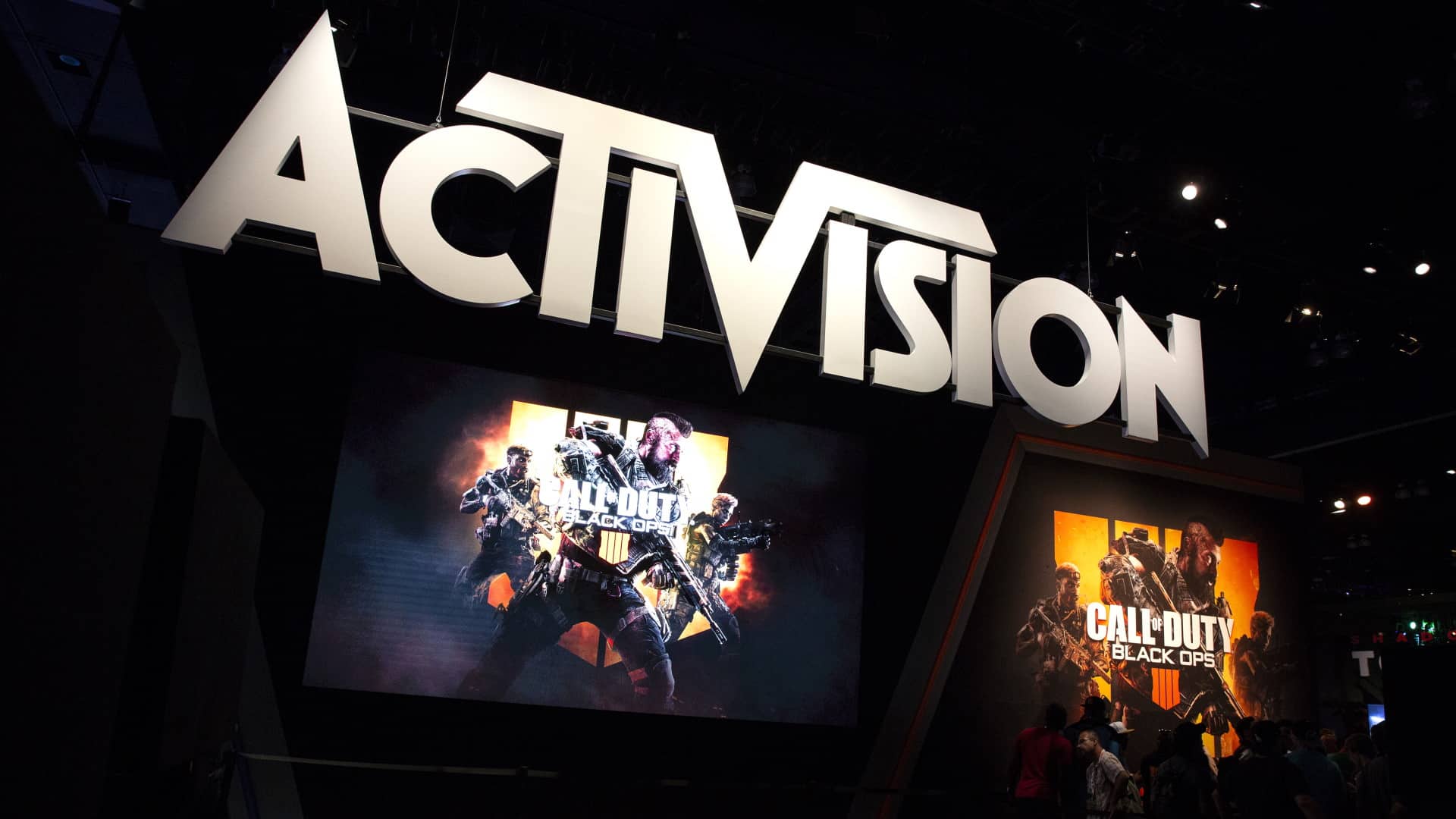
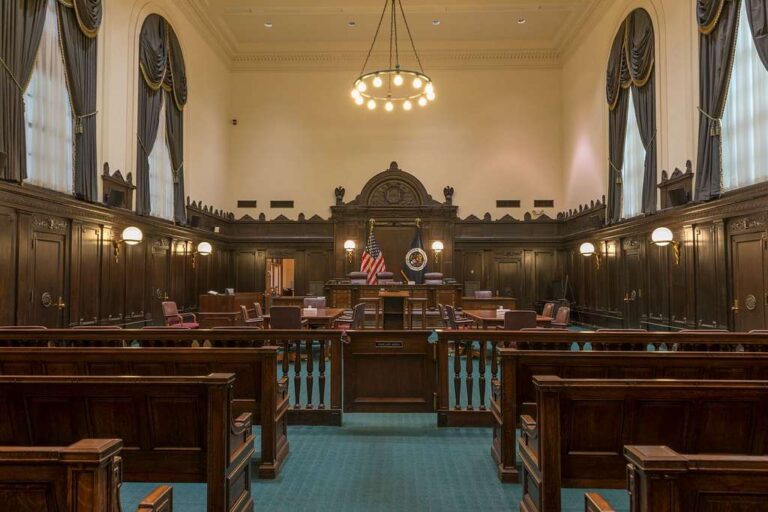
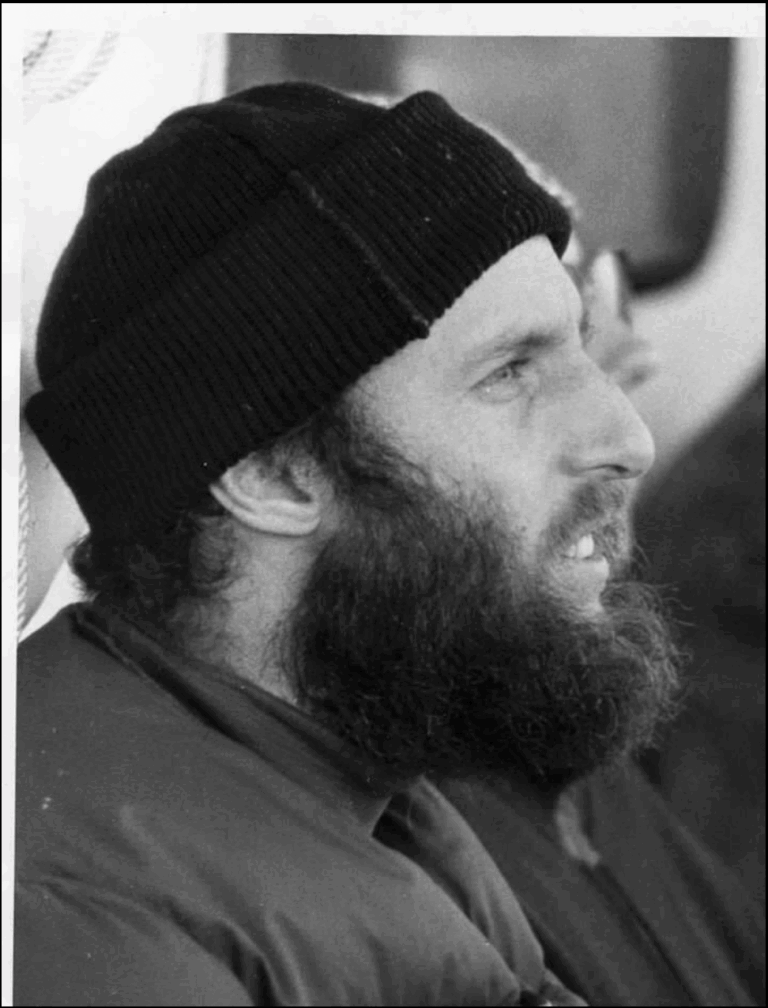

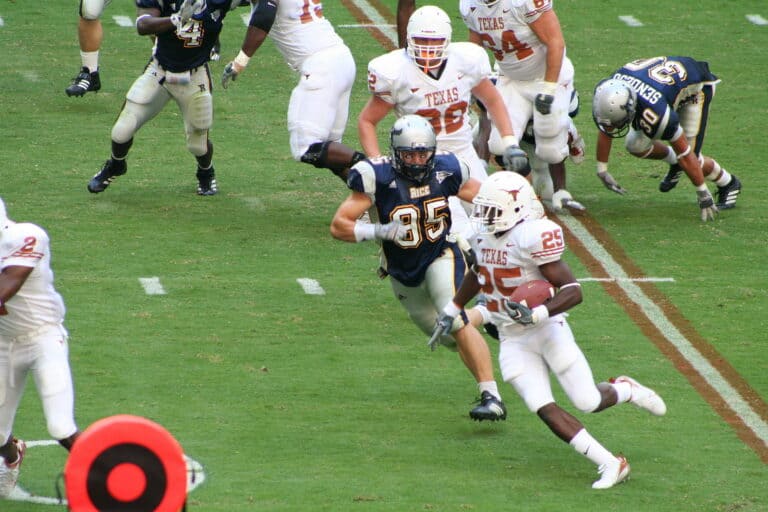
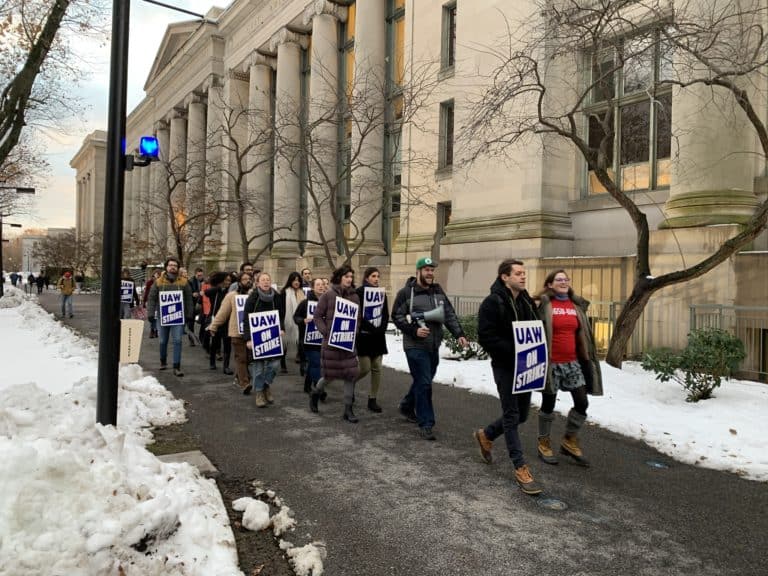
Daily News & Commentary
Start your day with our roundup of the latest labor developments. See all
November 27
Amazon wins preliminarily injunction against New York’s private sector bargaining law; ALJs resume decisions; and the CFPB intends to make unilateral changes without bargaining.
November 26
In today’s news and commentary, NLRB lawyers urge the 3rd Circuit to follow recent district court cases that declined to enjoin Board proceedings; the percentage of unemployed Americans with a college degree reaches its highest level since tracking began in 1992; and a member of the House proposes a bill that would require secret ballot […]
November 25
In today’s news and commentary, OSHA fines Taylor Foods, Santa Fe raises their living wage, and a date is set for a Senate committee to consider Trump’s NLRB nominee. OSHA has issued an approximately $1.1 million dollar fine to Taylor Farms New Jersey, a subsidiary of Taylor Fresh Foods, after identifying repeated and serious safety […]
November 24
Labor leaders criticize tariffs; White House cancels jobs report; and student organizers launch chaperone program for noncitizens.
November 23
Workers at the Southeastern Pennsylvania Transportation Authority vote to authorize a strike; Washington State legislators consider a bill empowering public employees to bargain over workplace AI implementation; and University of California workers engage in a two-day strike.
November 21
The “Big Three” record labels make a deal with an AI music streaming startup; 30 stores join the now week-old Starbucks Workers United strike; and the Mine Safety and Health Administration draws scrutiny over a recent worker death.